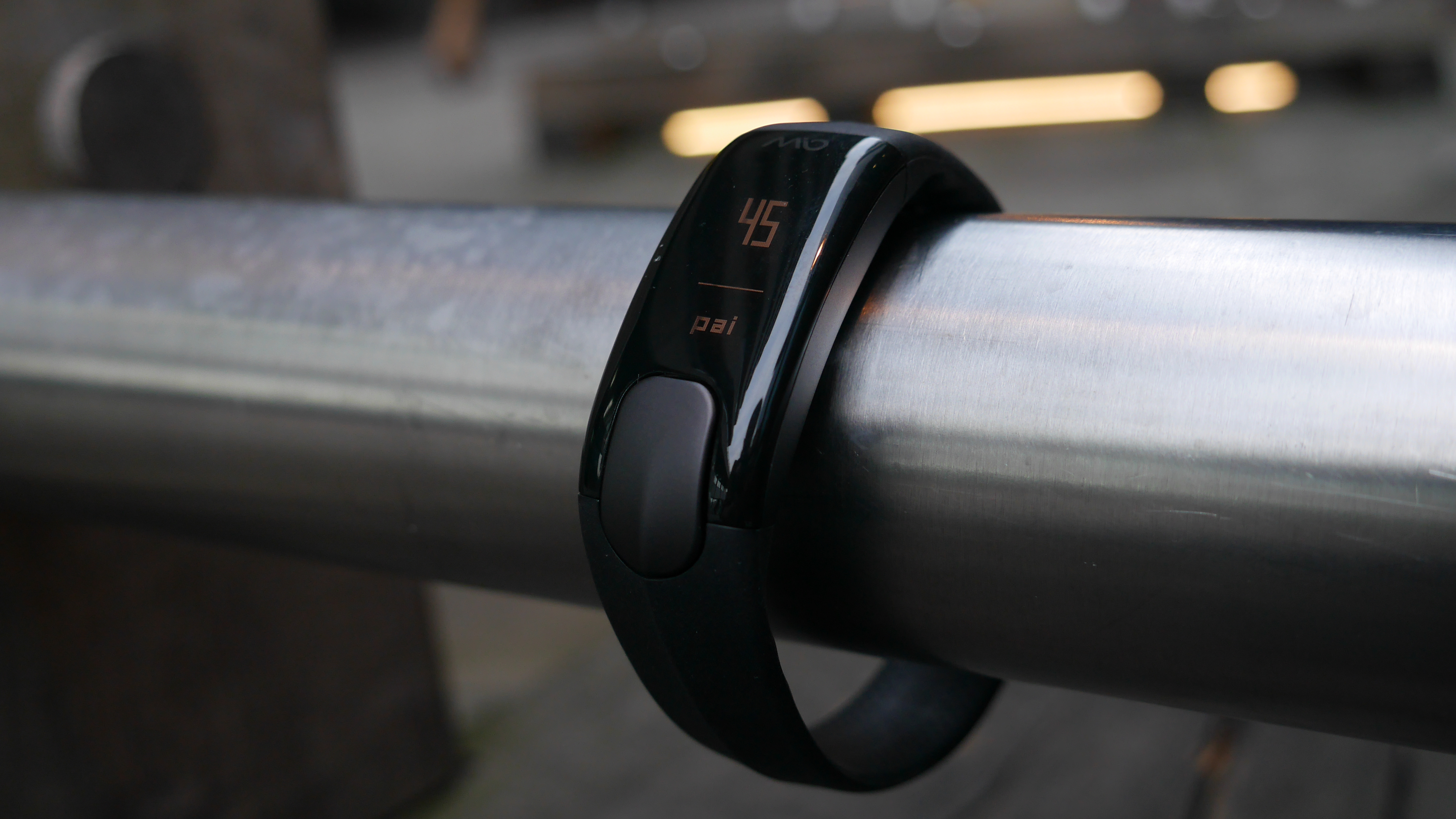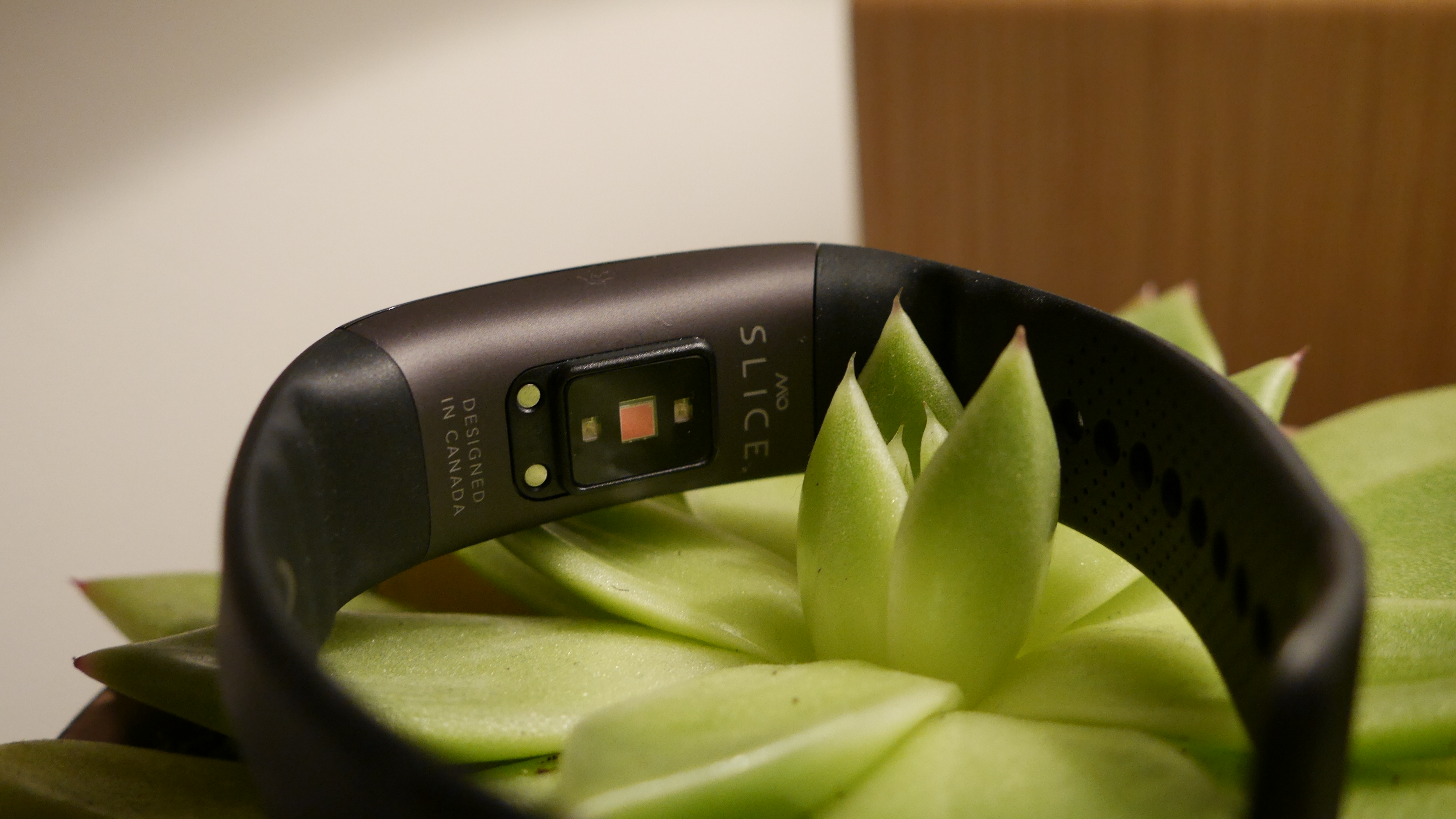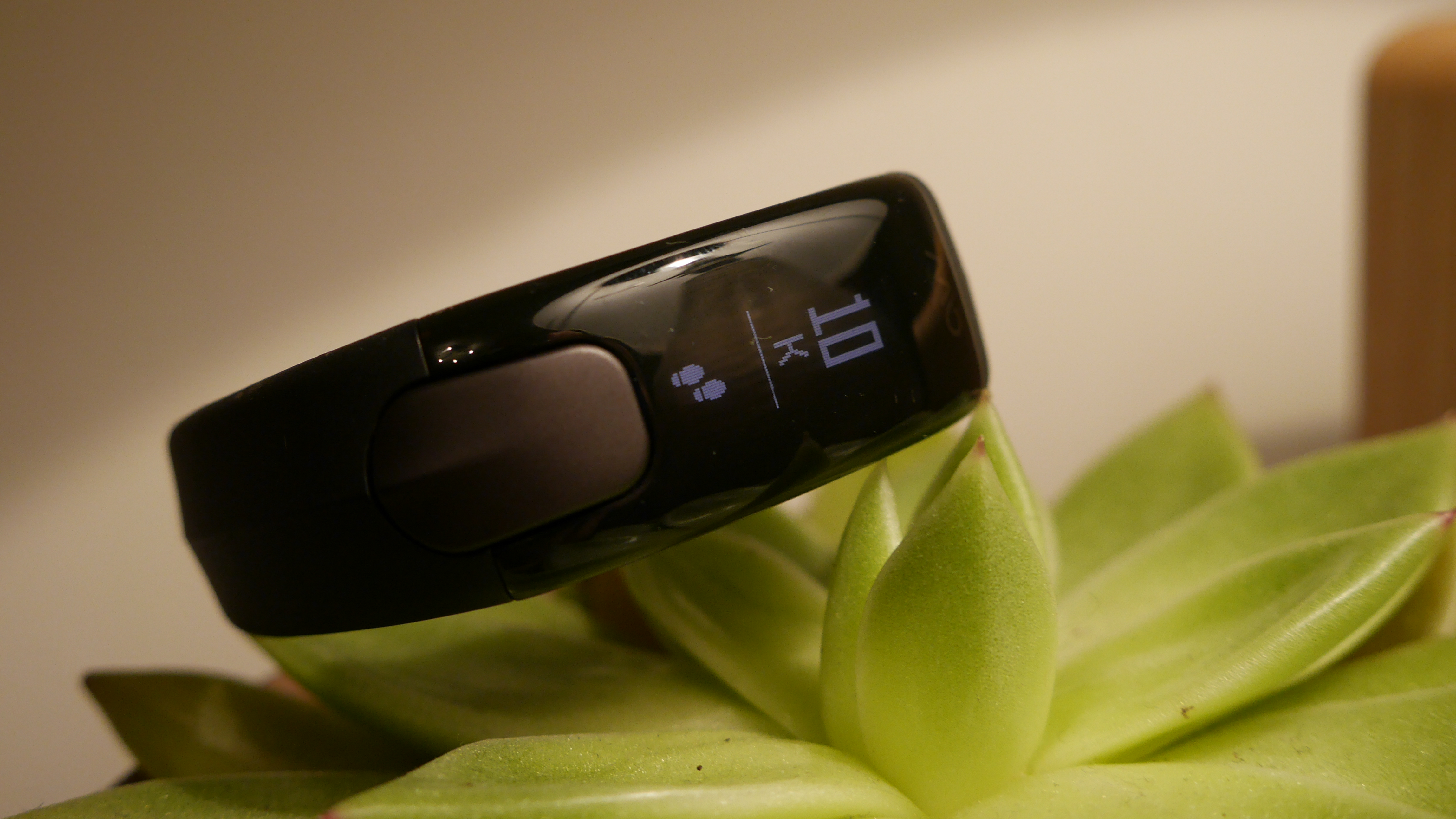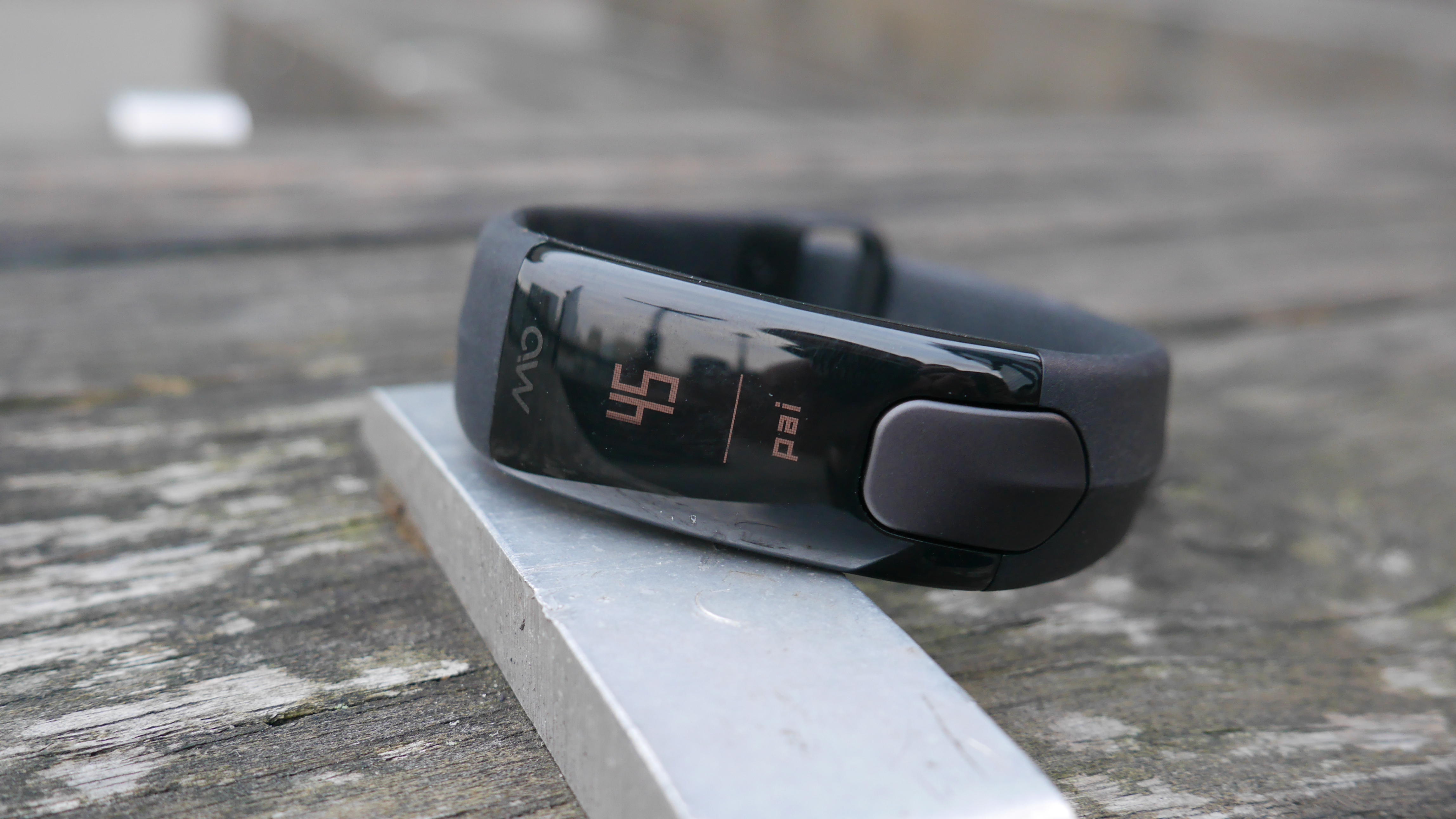Why you can trust TechRadar
Specs, performance and fitness
- Prioritizes new PAI fitness metric
- Integrated heart rate sensor for more accurate fitness tracking
- Usual steps and calorie counting available
Want to get fit? Walking an extra few thousand steps a day is a solid start, but it’s only going to take you so far. The Mio Slice is aware of this, which is why PAI has become its go-to fitness metric of choice.
Not familiar with PAI? It stands for Personal Activity Intelligence and, instead of relying on steps and motion to judge fitness progress, like the Fitbit Alta and most other trackers, it utilizes your heart rate data to track how much energy you’re exerting and for how long.
This is then played through a specifically designed algorithm to convert energy exertion into fitness-based PAI points.
It’s not the same levels for everyone, either, but instead is a system tailored to you. During the setup process, you’re asked to input your age, weight and height. This is used to determine where your heart rate barriers should be, with resting, low, moderate and high heart rate thresholds added in.

For those familiar with traditional steps-based trackers, it’ll be strange at first, but once you get over the shock of being shown such low numbers, it quickly becomes a great motivational tool to get you pushing harder.
It’s recommended that you achieve 100 PAI over a continuous seven day period in order to maintain peak fitness and prolong your time on this planet. Unlike 10,000 steps or 1,500 daily calories, however, that’s not an easy metric to meet.
You really have to exert yourself to get your heart rate in the point scoring intense active zone. We spent 45 minutes in a high intensity Combat Fit class quickly followed by a 22 minute 5K run and still only recorded 48 PAI points.
Sign up for breaking news, reviews, opinion, top tech deals, and more.
Yes, this makes it a great metric for the ultra-fit who are able to fit in a run, sport or heavy gym session every day, but it can also prove pretty demoralizing at times too. Spending a busy day walking between meetings in London we racked up more than 11KM of distance and more than 600 active calories burnt, but a grand total of 0 PAI.
That's because despite rushing around, we were never exerting ourselves enough to get our heart rate into the moderate or intense activity zones.

While some of this is down to the metric used and long-term exercise effort needed to meet this target, a bit of blame can also be heaped on the hardware itself, because although more accurate than many wrist-based trackers, the Slice’s inbuilt heart rate sensor isn’t without faults.
At rest levels, the Slice feels like it’s playing things safe, often erring on the side of caution with heart rate readings that are a little on the low side. Despite virtually every other wearable we’ve tested over the past couple of years telling us our resting heart rate is somewhere between 65 and 72bmp, the Slice regularly showed up a heart rate in the low 50s. That’s a big discrepancy when heart rate data is so key to this tracker’s abilities.
Get active and it’s reliably accurate, responding to minor fluctuations in your biometrics, but there are other issues.
The Slice is supposed to track your heart rate at 1 second intervals during exercise and every 5 minutes when your heart rate is below moderate activity. During testing this wasn’t always the case.
Running just under 1km to make a train, despite feeling out of breath, sweaty and being able to feel our increased heart rate, the Slice was still giving us a big fat zero on the PAI score. The heart rate sensor hadn’t kicked in during our period of increased effort.

Fortunately, it’s not just about PAI. Just because the steps count and calorie burn aren’t the focus of the Slice’s tracking abilities doesn’t mean they aren’t available, you just have to go digging for them. Once added to the device’s menu from within the app, you can find these with a few presses of the wearable’s single button.
Despite not being extravagant on the features front - there’s no inbuilt GPS or GLONASS skills here, the sensors that it does pack - including a 3-axis accelerometer - do a good job of accurately counting out your steps and calorie burn.
The Slice is more than just a fitness tracker too, as it offers message notifications and call alerts. These are pretty basic - there’s no reply or answer options - but being able to see the name of the sender scroll across the screen before the message symbol shows up is a handy addition.
Current page: Specs, performance and fitness
Prev Page Introduction and design Next Page Compatibility, app and battery life